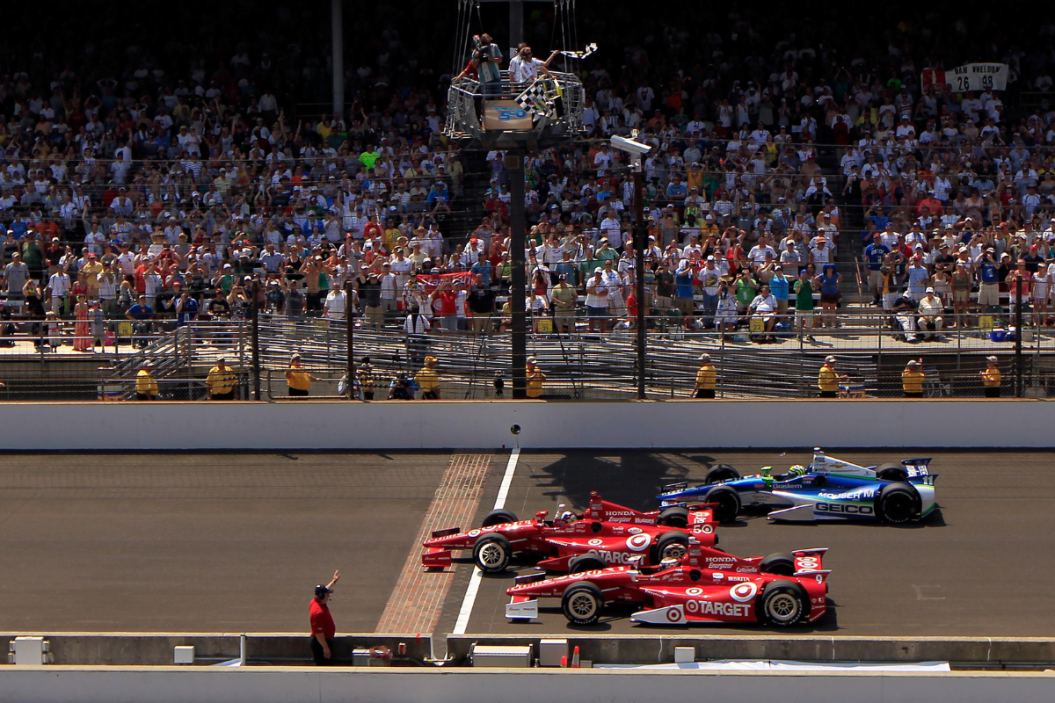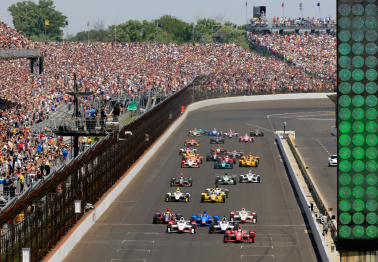The Indianapolis 500 at world-famous Indianapolis Motor Speedway is known as "The Greatest Spectacle in Racing," and the description couldn't be any more appropriate.
While NASCAR's Daytona 500, Formula One's Monaco Grand Prix, and sports car racing's 24 Hours of Le Mans are likewise steeped in tradition and the focal point of tremendous fanfare, even these events can't compare to the Indy 500, which surpasses them in name recognition, historical significance, and overall prestige.
What Sets the Indianapolis 500 Apart?
For starters, the race has been around for well over a century, with this year marking its 107th running. The inaugural Indy 500, won by Ray Harroun, took place on May 30, 1911, and the race has been a fixture of the IndyCar calendar ever since, with the only exceptions coming in 1917, 1918, and 1942-1945, when the race was canceled due to America's involvement in world wars.
The first 24 Hours of Le Mans, by comparison, wasn't held until May 1923, while the Monaco GP came a few years later — in April 1929. As for the inaugural Daytona 500? Well, that didn't happen for another three decades — in February 1959.
Speaking of numbers, Indianapolis Motor Speedway is the largest spectator sporting facility in the world, making the Indy 500 the world's largest spectator sporting event. The 2.5-mile track boasts 235,000 permanent seats but can accommodate north of 300,000 guests when you include its sprawling infield. In the two years prior to last year's Indianapolis 500, fan attendance was limited or altogether banned due to restrictions put forth in connection with the COVID-19 pandemic.
But even empty or mostly empty stands didn't make the race any less special.
"Indianapolis Motor Speedway has its own energy, whether or not anyone is here," former IndyCar driver and Indianapolis 500 participant Danica Patrick said in 2022 when the track finally returned to full capacity. "I'm glad that all these fans — all 325,000 of them here today — are going to experience the magic of this track."
Patrick is correct. The magic of the Indianapolis 500 doesn't derive exclusively from the merits of its rich history or massive fan count. The Indy 500 is also unrivaled because of its rituals and iconic landmarks, which include the unique three-wide start from the front row to the back row of the field, and the winner sipping milk in Victory Lane and climbing the fence along the frontstretch to celebrate with the fans.
There's also the fabled Yard of Bricks — a three-foot-wide slab of bricks at the start/finish line. The Indianapolis Motor Speedway racing surface was once covered by 3.2 million paving bricks, each weighing 9.5 pounds, so that's why IMS has long since been nicknamed "The Brickyard."
The Yard of Bricks is a tribute to the old surface that replaced the original surface — consisting of crushed rock and tar — in the fall of 1909.
Since NASCAR competed in its third annual Brickyard 400 at Indianapolis in 1996, every winner of both the Brickyard 400 and the Indianapolis 500 has knelt down and kissed the Yard of Bricks — typically, along with members of their team — to commemorate their achievement. As for the drivers who've been fortunate enough to win the Indianapolis 500, well, the list is basically a who's who of motorsports legends. Included among the greats who've tasted the Indy 500 milk are Mario Andretti, Rick Mears, A.J. Foyt, Al Unser Sr., and Bobby Rahal.
Four drivers have won the race a record four times, the most recent of them being Helio Castroneves in 2021, when he joined Mears, Foyt, and Unser in that elite club. Takuma Sato made some history of his own at Indy four years earlier when he became the first Japanese driver to capture the 500. He later added a second Indy 500 triumph in 2020.
"I dreamed of something like this since I was 12," Sato said after his first win at The Brickyard. "You don't just dream about it. Obviously, you prepare for the race. You want to win the race. I had huge ambition and I had to try."
This Sunday, 33 drivers will speed across the illustrious Yard of Bricks at roughly 220 miles per hour as they try to race their way to Indianapolis 500 glory and leave town with the coveted Borg-Warner Trophy in hand. This cherished piece of hardware, which features the face of every Indianapolis 500 winner dating all the way back to 1911, has been awarded to every Indy 500 victor since 1936 and is valued at more than $3.5 million.
Of course, there's practically no price a driver wouldn't pay to have their likeness inscribed on this trophy and their name etched in the annals of Indy 500 history. That's because no other race, sporting event, or event of any kind is quite like the Indianapolis 500 — especially if you're the one drinking milk at day's end.
"It's pretty amazing," Simon Pagenaud said after winning at Indy in 2019 for the first time. "It's a dream come true, a lifetime of trying to achieve this. So, I'm just speechless. It's just incredible."


